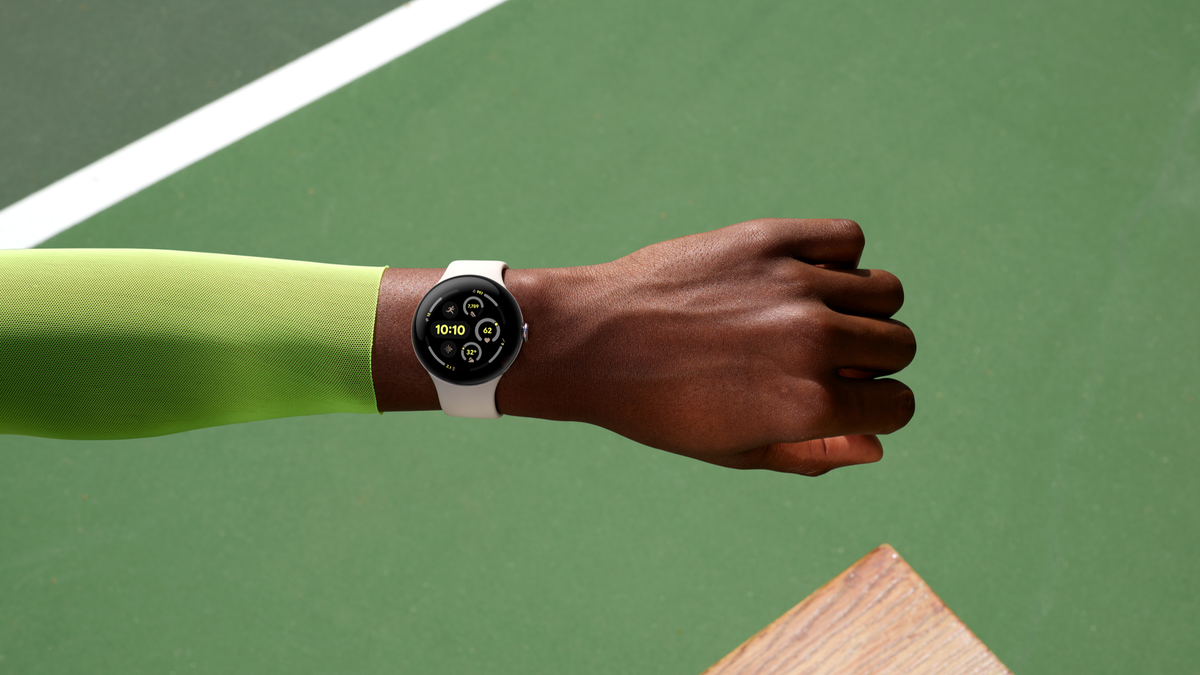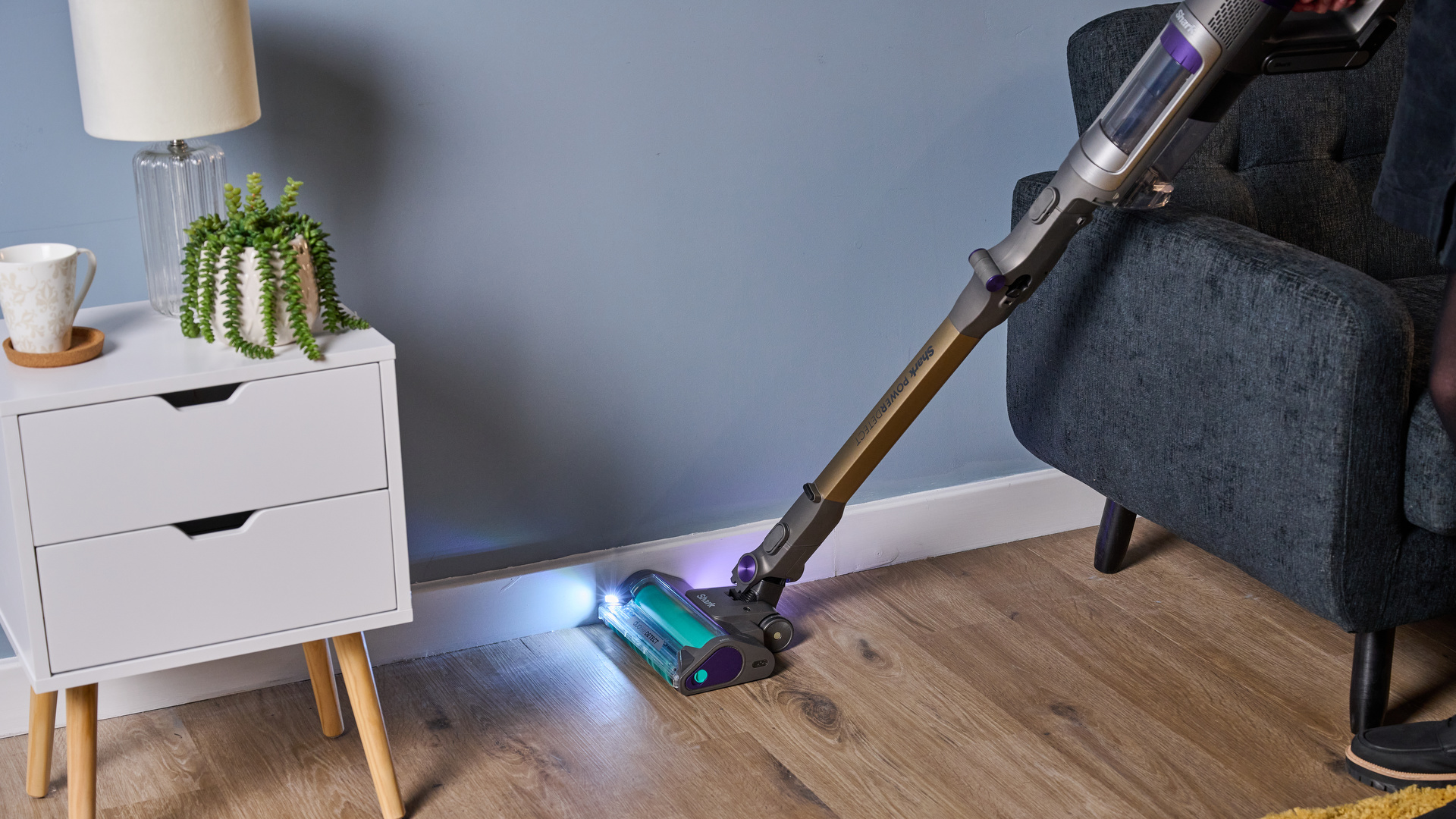During the Made by Google 2024 event, the tech giant unveiled its next-generation wearable, the Pixel Watch 3, and with it, a life-saving feature called Pulse Loss Detection. This is an optional tool that gives the smartwatch the “ability to detect pulse loss,” which is a very scary event where your heart suddenly stops beating.
According to the announcement, the Pixel Watch 3 uses a combination of “sensors, artificial intelligence, and signal processing algorithms.” The heart rate sensor constantly records your pulse using a green light. But let’s say your heart stops for any reason, for example. “If the feature detects signs of a missing pulse,” the wearable runs a multi-step process.
First, infrared and red lights are activated, searching for any sign of a pulse, however faint, while motion sensors check to see if you are moving. If you do not move, a countdown begins with an alarm. If you remain unresponsive, a call is made to emergency services along with a message telling the operator that you have no pulse and where you are.
View in
Google says it worked with cardiologists when developing pulse loss detection to learn exactly how this event manifests in the human body. Its algorithm was fed “hundreds of thousands of hours of real-life user data from a diverse group of people” and put through its paces so the AI could learn to detect pulse loss incidents. The company also consulted with emergency medical service providers, such as dispatchers and paramedics, to get feedback on how to best implement this technology.
What's interesting is that Google claims they even hired stunt actors to simulate cases of pulse loss. They used tourniquets to “induce pulselessness” and fell in a way “that would mimic a person” whose heart had just stopped.
Vital details
Pulse loss detection will be available on the Pixel Watch 3 when it launches in late September, but only in select European countries including the UK, France, Ireland, and the Netherlands.
Google plans to expand the feature to other regions of the world, such as the United States; however, the technology still needs to be “cleared or evaluated by the U.S. FDA” (Food and Drug Administration). Right now, the company is “working with regulatory agencies” around the world to make the expansion a reality. In addition, the official trailer for the tool mentions some important details.
Pulse loss detection is not intended for people with “pre-existing heart conditions or who require cardiac monitoring.” It cannot diagnose any potential medical problems or detect “all cases of pulse loss.” Finally, contacting emergency services is entirely dependent on “call functionality and cellular connectivity.”
To catch up on everything that happened at the recent event, be sure to check out TechRadar's list of the seven things we saw at Made by Google.








